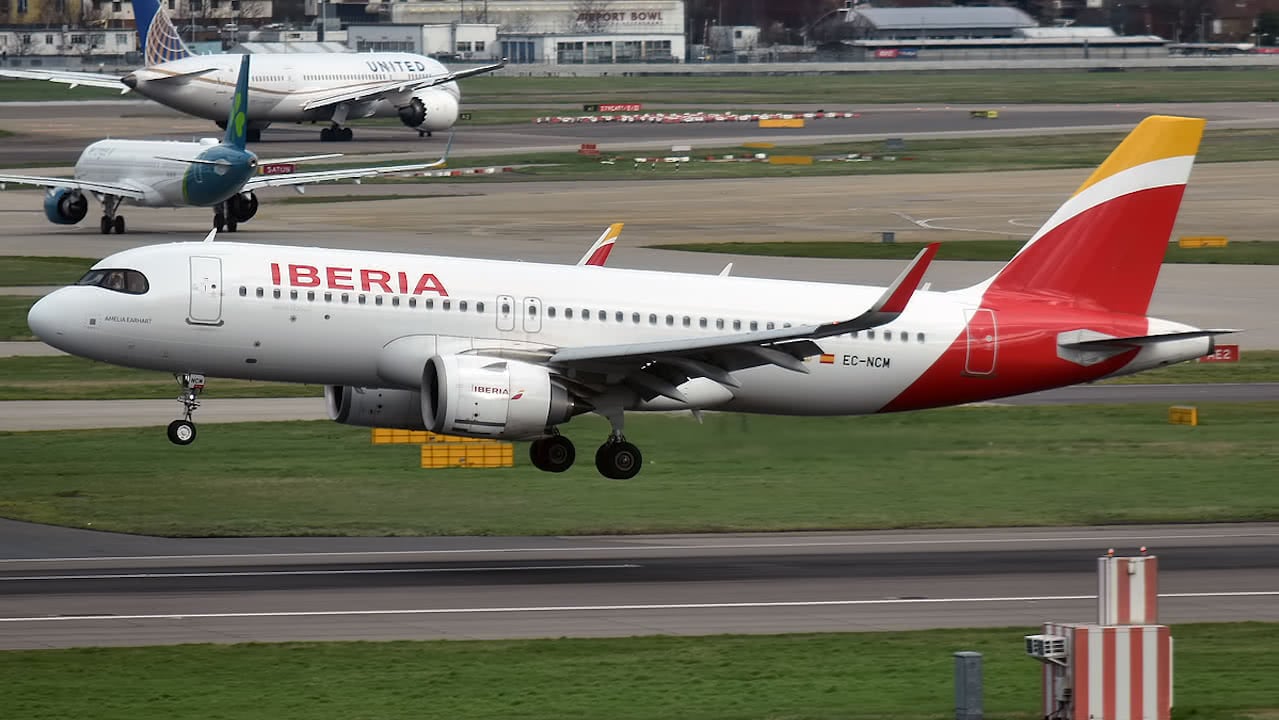If you have flown by Airbus, you have probably heard a peculiar noise before take off or after landing. Depending on who you ask, answers as to what this noise reminds them of will vary from it being similar to a dog barking to the noise made by a saw. Yes, it’s that weird.
Although it could seem that something is wrong or broken, nothing is further from the truth. This sound is produced by the PTU or Power Transfer Unit, and is an indicator that everything is working perfectly well.



